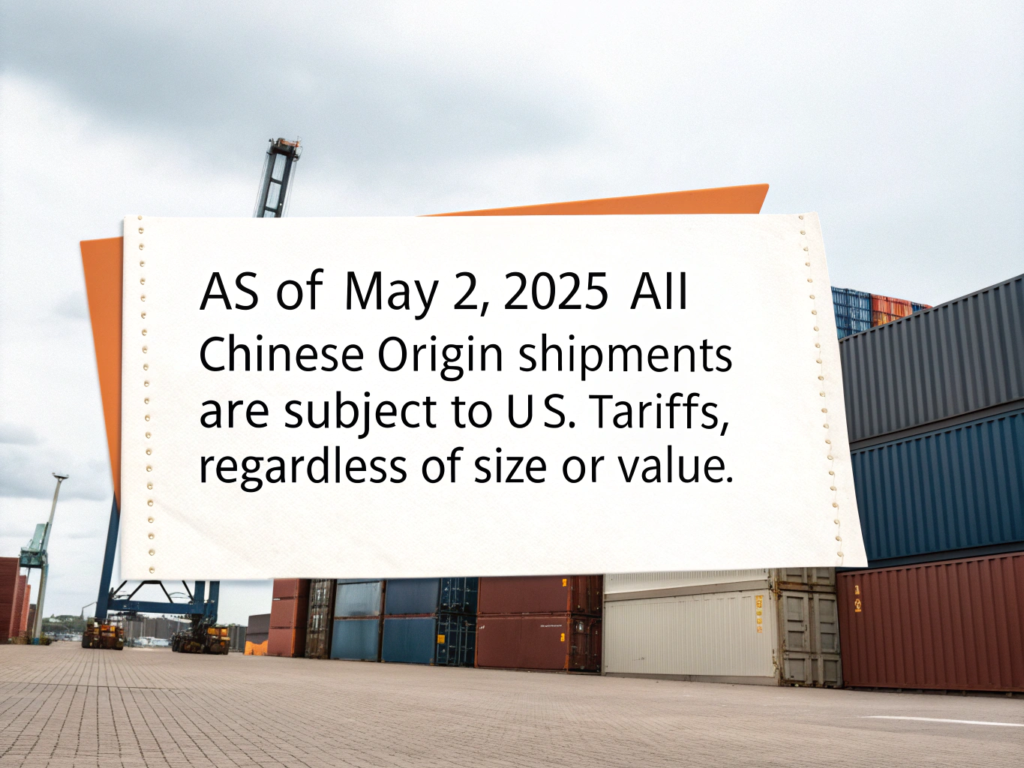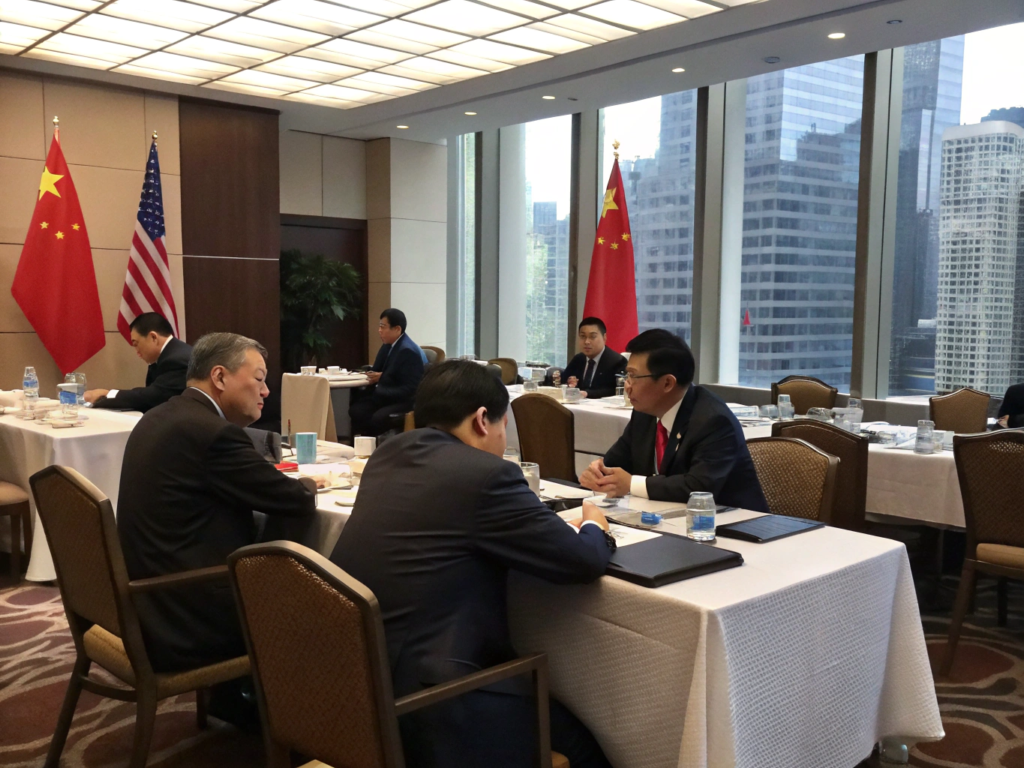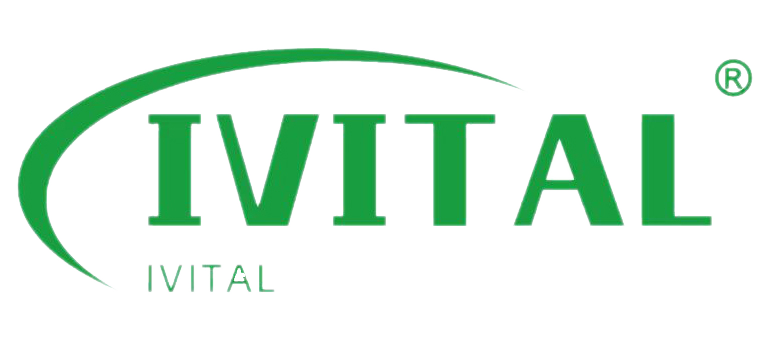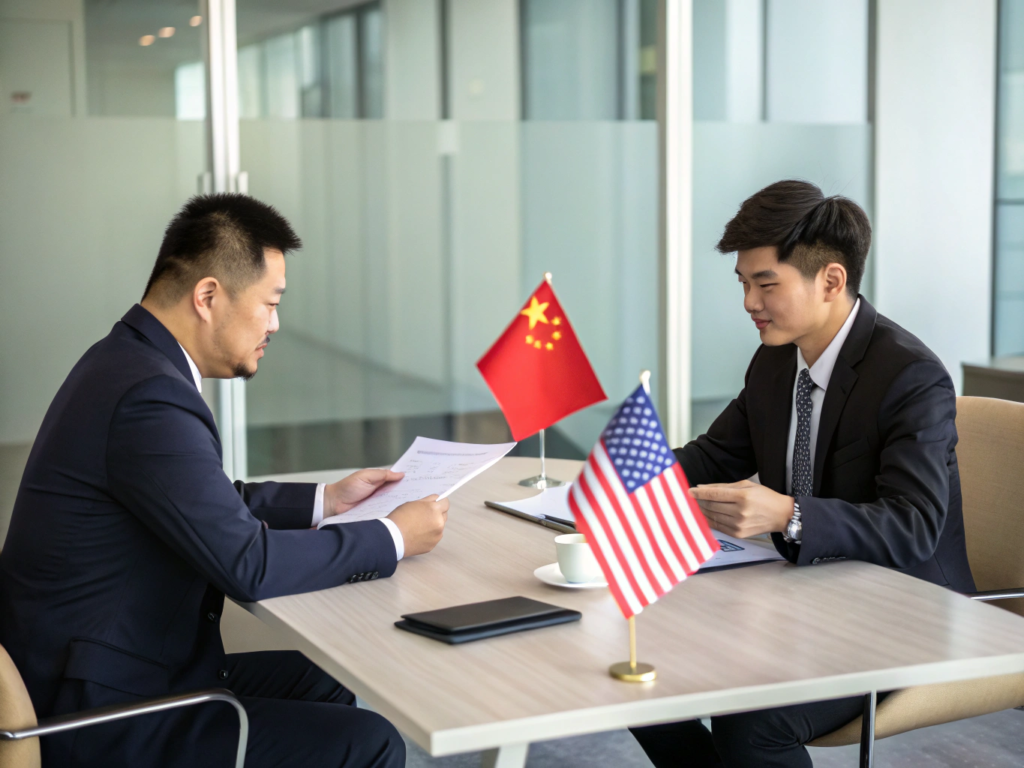Tariffs went up again. I don’t want my unit costs to follow.
After the 2025 US tariff hike, it’s possible to negotiate lower prices by requesting FOB term adjustments, securing volume discounts, and proposing tariff-sharing mechanisms.
Last month, I renegotiated a year-long supply contract. Same hoist. New pricing terms. Let me show you how I did it—and how you can too.
[Table of contents]
- Do I still have to pay customs on goods from China in 2025?
- How can I lower prices after the US-China tariff increase?
- What negotiation tactics work for long-term Chinese suppliers?
- Can I ask suppliers to split or absorb the tariff costs?
- What pricing suggestions work best for electric hoists?
Do I still have to pay customs on goods from China in 2025?
Yes, even small orders get taxed now.
As of May 2, 2025, all Chinese-origin shipments are subject to U.S. tariffs, regardless of size or value.

Dive Deeper
The end of the de minimis exemption means every box counts. This makes upfront cost clarity critical when dealing with FOB or CIF terms. Many Chinese suppliers are now offering EXW + consolidation services to soften the blow.
How can I lower prices after the US-China tariff increase?
Start by identifying what part of the cost is still negotiable.
Request better FOB port terms, offer larger volume commitments, and ask suppliers to revise raw material markups.

Dive Deeper
Some approaches I use:
- Negotiate FOB Shanghai instead of EXW to shift inland costs to the supplier
- Ask for quarterly pricing reviews tied to commodity indexes
- Propose multi-shipment forecasts in exchange for fixed rates
Even if the tariff can’t be removed, the supplier’s cost structure can still flex.
What negotiation tactics work for long-term Chinese suppliers?
When the relationship is strong, the conversation changes.
Use your repeat purchase history and long-term volume to justify pricing flexibility or delay cost increases.
Dive Deeper
📊 Leverage Your Buying History
Show past POs and future projections. Most manufacturers care about stable order flow more than high margins.
✍️ Sign Longer Contracts
Offer to lock in for 6–12 months in exchange for a rebate or discount clause.
🤝 Combine Orders
Bundle hoists with slings, chains, or hardware. Multi-product orders justify better terms.
Can I ask suppliers to split or absorb the tariff costs?
Yes—and many already do, if approached right.
Many Chinese suppliers are open to partially covering U.S. tariffs if you commit to higher volumes or faster payments.

Dive Deeper
Here’s how I usually frame it:
“Since U.S. tariffs just increased 25%, can we share the impact 50/50 for the next three shipments while I adjust pricing downstream?”
If you ask with a clear proposal and timeline, it shows professionalism and gives them something to say “yes” to.
What pricing suggestions work best for electric hoists?
There’s more than one way to bring the cost down.
Target adjustments on FOB terms, request alternate motor brands, or optimize for simplified packaging.
Dive Deeper
| Strategy | Why It Helps |
|---|---|
| Switch to local port FOB | Lowers inland delivery costs in China |
| Use generic motors | Cuts $30–$50 per hoist |
| Reduce packaging layers | Saves weight and carton size |
| Bundle with rigging gear | Increases total value = better rate |
For example, I once replaced a branded motor with a CE-certified generic—saved $40 per unit, passed compliance, and no complaints.
Conclusion
The tariff is fixed. But your price doesn’t have to be.



